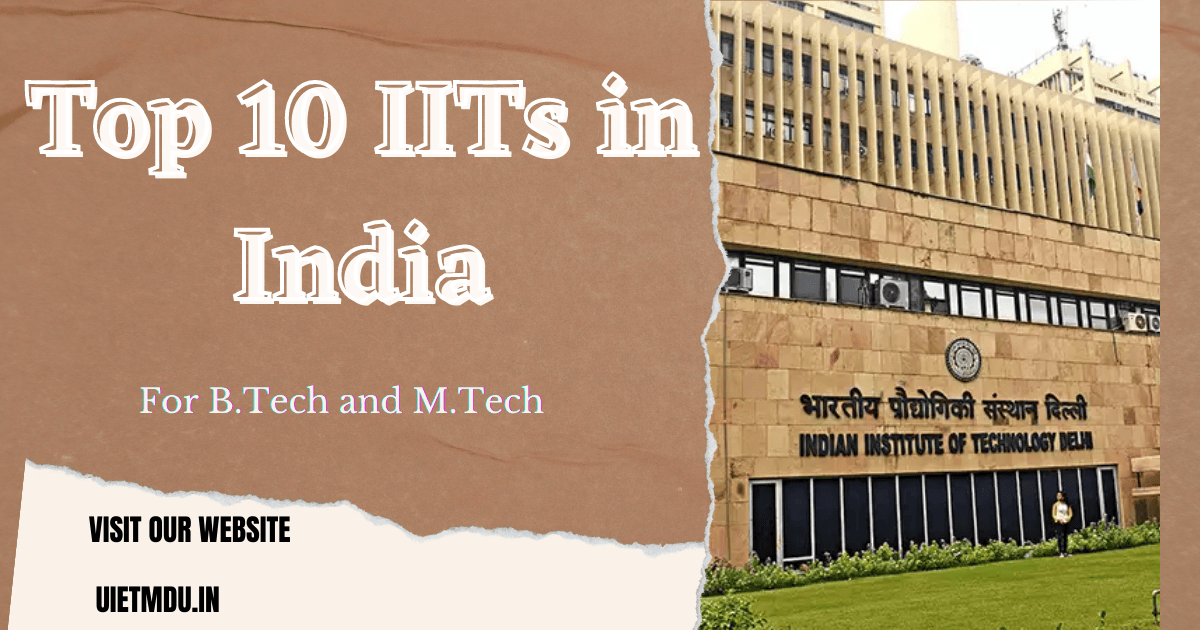IIT stands for Indian Institutes of Technology, a group of India’s finest engineering institutes. They are well-known for their demanding entrance examinations and strong academic standards.
In 1951, the first IIT was established in Kharagpur, and several more IITs have been established in various locations in India.
The fundamental mission of IITs is to provide undergraduate and graduate education in a variety of engineering, technology, and science subjects. In addition, they perform cutting-edge research and offer a variety of academic and technical services to industry and the community.
Procedure to Join IIT
To be admitted to IIT, one must take the Joint Entrance Examination (JEE), which is administered annually by the National Testing Agency (NTA).
The JEE is divided into two parts: JEE Main and JEE Advanced.
The first stage is to take JEE Main, which is offered online twice a year. The exam consists of multiple-choice questions based on class 11 and 12 physics, chemistry, and mathematics curricula.
Your performance in JEE Main will determine your eligibility to take JEE Advanced, the second and final round of the admission examination.
If you pass JEE Advanced and complete the eligibility requirements, you can apply to any of the IITs. The admission procedure for IITs also includes counseling and seat distribution based on your JEE Advanced rank and program and institute preferences.
Top 10 IITs
Indian Institute of Technology Bombay (IITB)
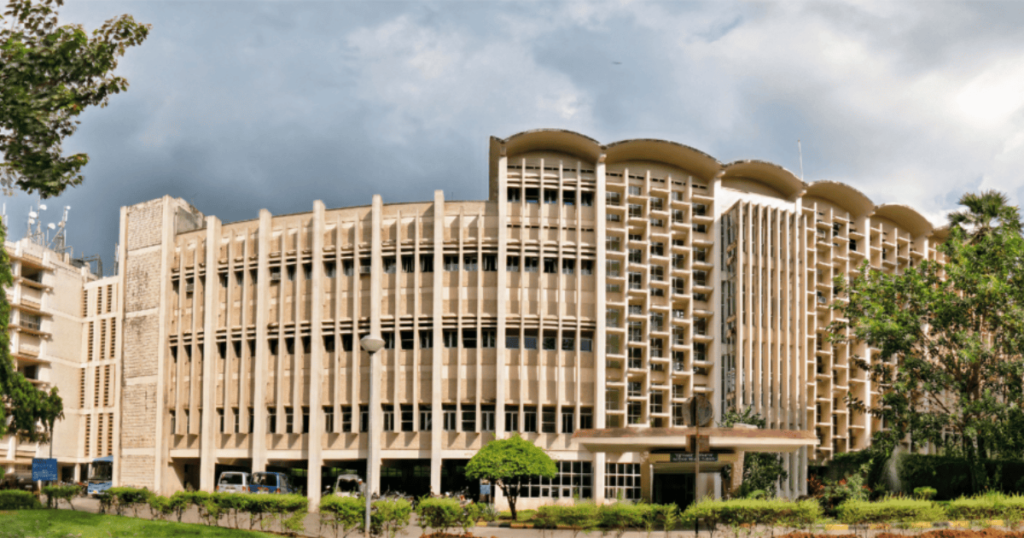
IIT Bombay Founded in 1958, IIT Bombay is one of India’s oldest and most famous engineering colleges. It provides undergraduate, graduate, and doctorate degrees in engineering, science, management, and the humanities. There are 16 academic departments and around 40 multidisciplinary research centers at IIT Bombay. The institute includes roughly 550 academic members and approximately 12,000 students.
Indian Institute of Technology Delhi (IITD)
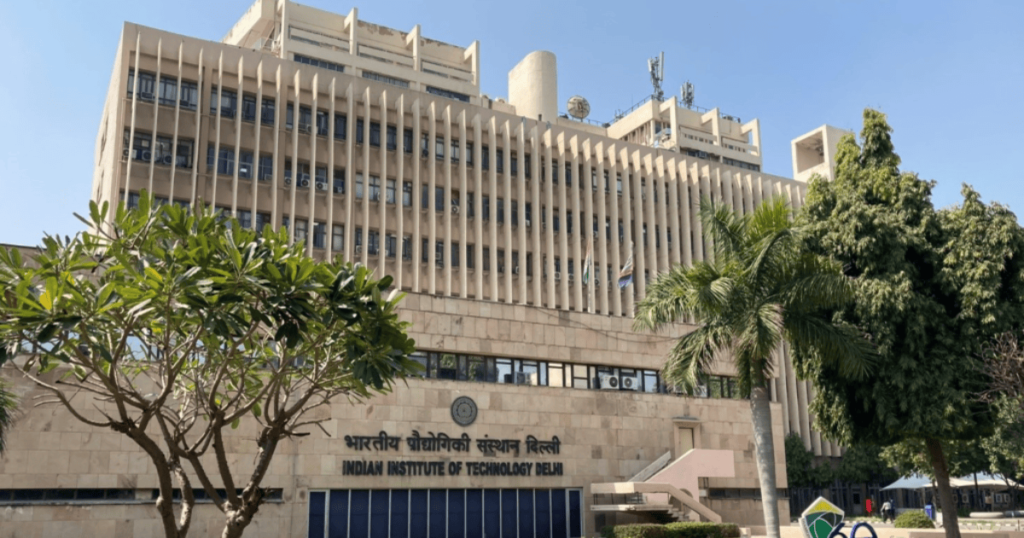
IIT Delhi was founded in 1961 as a public engineering institute. It provides undergraduate, postgraduate, and doctoral programmes in engineering, science, and humanities. IIT Delhi has over 700 academic members and over 10,000 students. There are 17 academic departments and around 40 research centres at the institute. IIT Delhi is also well-known for its research and innovation culture, as evidenced by several research collaborations with industry and government agencies.
Indian Institute of Technology Madras (IITM)
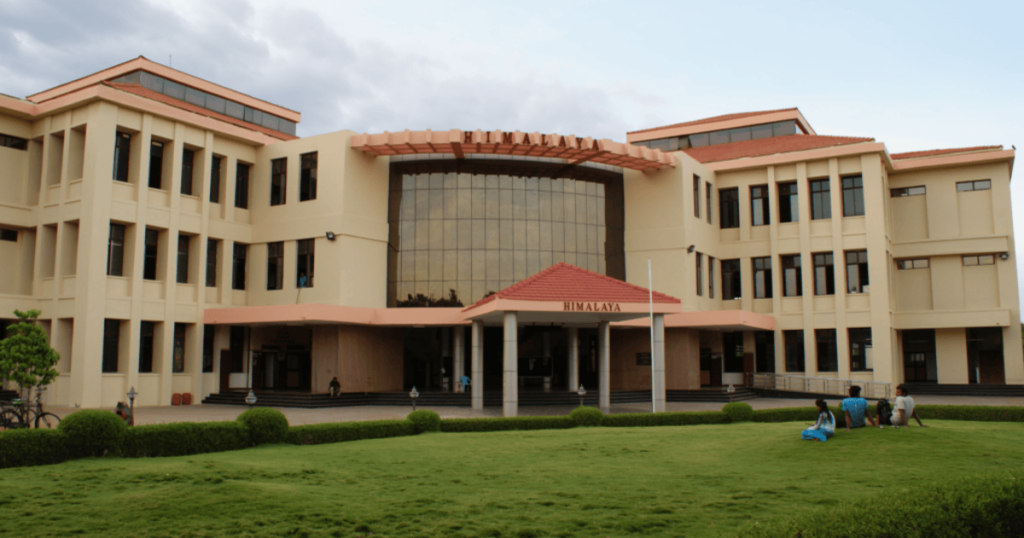
IIT Madras was founded in 1959 as a public engineering institute. It provides undergraduate, postgraduate, and doctoral programs in engineering, science, and humanities. IIT Madras has over 550 academic members and over 9,000 students. There are 16 academic departments and over 30 multidisciplinary research centers at the institute. it is also for its research and innovation culture, which has resulted in several research collaborations with industry and government agencies.
Indian Institute of Technology Kharagpur (IITKGP)
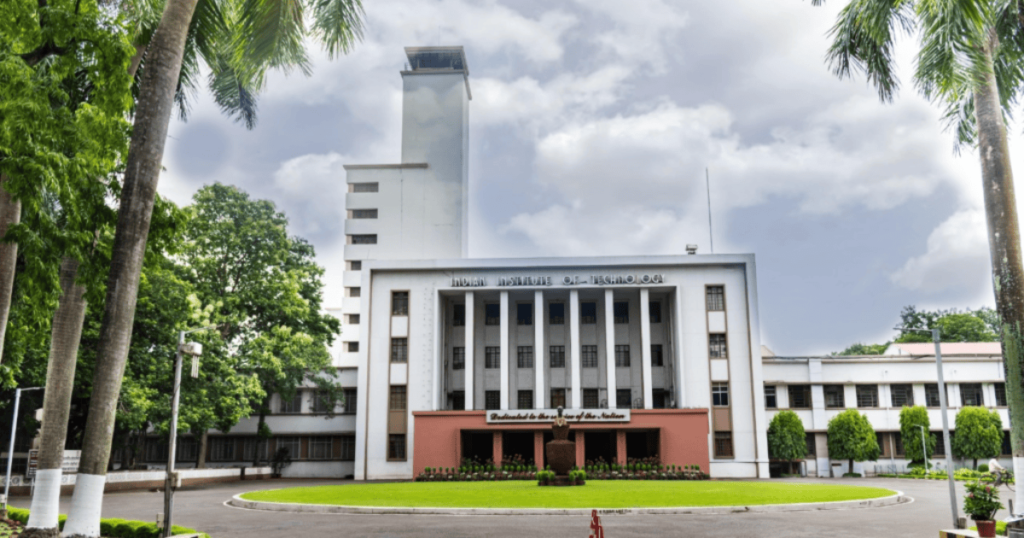
IIT Kharagpur was founded in 1951 and is India’s oldest and largest engineering institute. It provides undergraduate, postgraduate, and doctoral programs in engineering, science, and humanities. IIT Kharagpur has over 700 academic members and over 14,000 students. There are 19 academic departments and around 50 research centres at the institute.
Indian Institute of Technology Kanpur (IITK)

IIT Kanpur was founded in 1959 as a public engineering institute. It provides undergraduate, postgraduate, and doctoral programmes in engineering, science, and humanities. IIT Kanpur has over 450 academic members and over 9,000 students. There are 15 academic departments and around 20 research centres at the institute.
Indian Institute of Technology Roorkee (IITR)
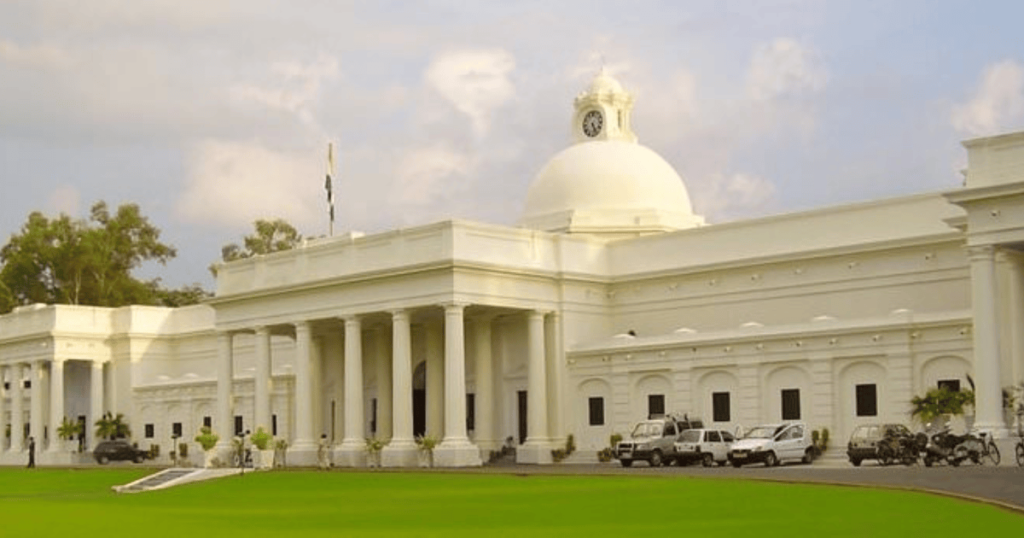
IIT Roorkee was founded in 1847 as a public engineering institute. It provides undergraduate, postgraduate, and doctoral programmes in engineering, science, and humanities. IIT Roorkee has over 550 faculty members and over 9,000 students. There are 21 academic departments and around 50 research centres at the institute.
Indian Institute of Technology Guwahati (IITG)
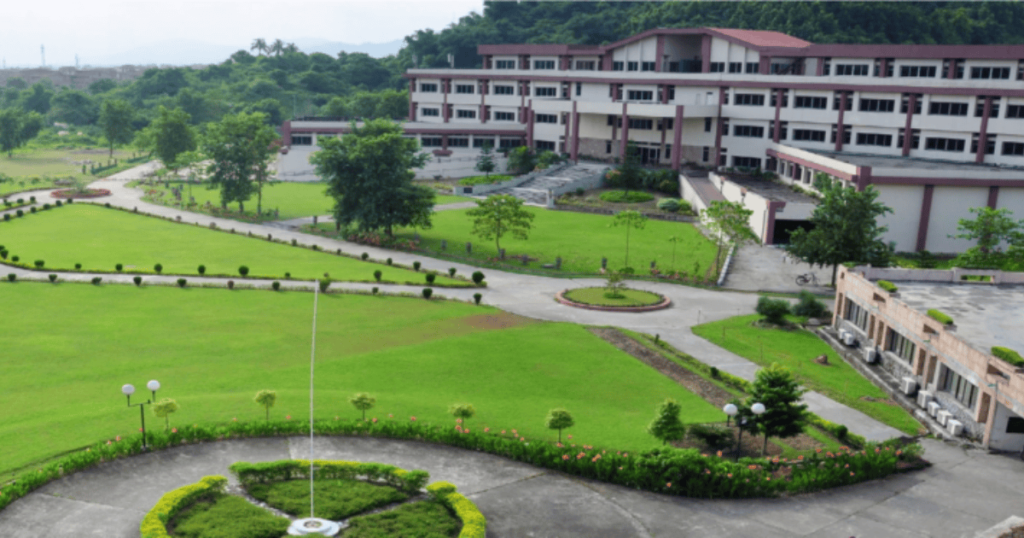
IIT Guwahati was founded in 1994 as a public engineering institute. It provides undergraduate, postgraduate, and doctoral programmes in engineering, science, and humanities. IIT Guwahati has over 450 academic members and over 6,000 students. There are 11 academic departments and around 20 research centres at the institute.
Indian Institute of Technology Hyderabad (IIT Hyderabad)

It provides undergraduate, postgraduate, and doctoral programmes in engineering, science, and humanities. IIT Hyderabad features over 200 academic members and over 4,000 students. There are 9 academic departments and around 20 research centres at the institute. IIT Hyderabad is also well-known for its research and innovation culture, as evidenced by several research collaborations with industry and government agencies.
Varanasi’s Indian Institute of Technology (BHU) (IITBHU)
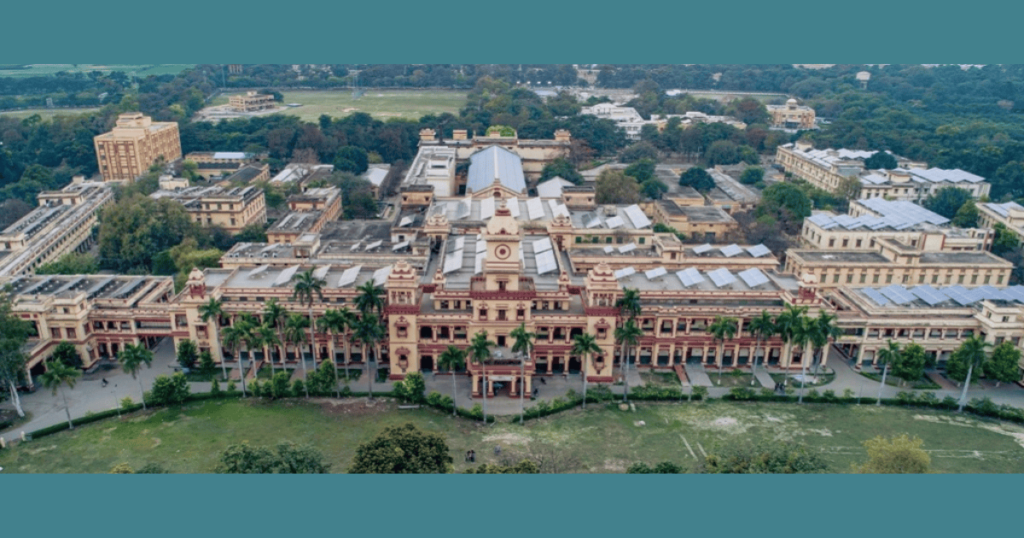
IIT BHU was founded in 1919 as a public engineering institution. It provides undergraduate, postgraduate, and doctoral programmes in engineering, science, and humanities. IIT BHU has over 400 academic members and over 6,000 students. There are 14 academic departments and around 20 research centres at the institute.
Indian Institute of Technology Gandhinagar (IITGN)
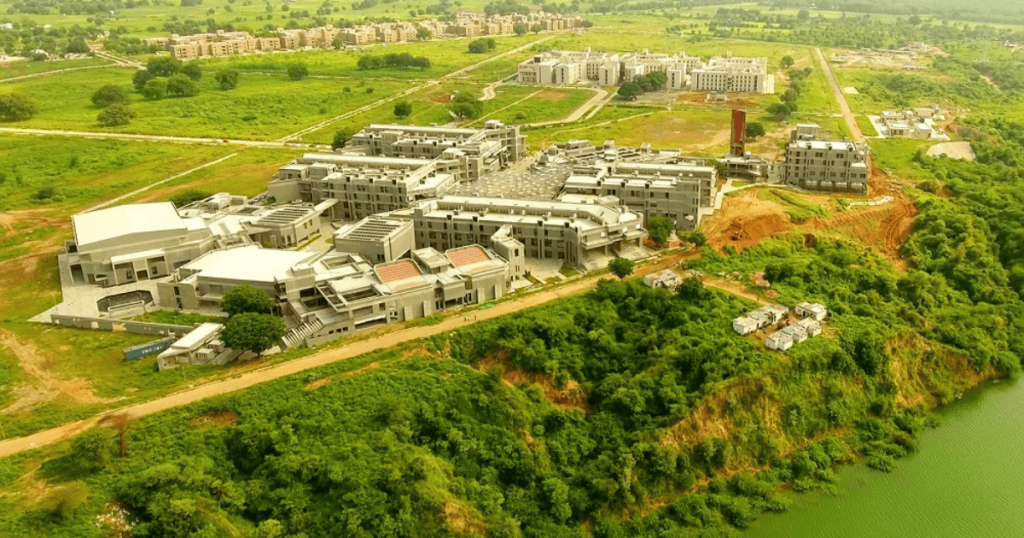
IIT Gandhinagar was founded in 2008 as a public engineering institute. It provides undergraduate, postgraduate, and doctoral programmes in engineering, science, and humanities. IIT Gandhinagar features over 100 academic members and over 2,000 students. The institute is made up of nine academic departments and more than ten research centers.
Gandhinagar is also known for its research and innovation culture, with several research collaborations with industry and government agencies.
In conclusion, the IITs listed above are the top ten institutes in India that provide students with world-class education and research possibilities. These institutes are well known for their academic brilliance, faculty strength, collaborative research, and placement opportunities. Those who want to attend one of these famous institutes might prepare for the JEE entrance exam and work hard to gain admission.
Frequently Asked Questions (FAQs)
IIT stands for Indian Institutes of Technology.
In general, the average undergraduate package at IITs is around Rs 12–15 lakhs per annum (LPA), with some top companies offering up to Rs 50–60 LPA. The average package for postgraduate students is usually higher, ranging from Rs 15-20 LPA.
(a) IIT Madras (Rank 1)
(b) IIT Delhi (Rank 2)
(c) IIT Bombay (Rank 3)
(d) IIT Kanpur (Rank 4)
(e) IIT Kharagpur (Rank 5)
(f) IIT Roorkee (Rank 6)
(g) IIT Guwahati (Rank 7)
(h) IIT Hyderabad (Rank 9)
To gain entry into an IIT after completing their 12th class, students must first take and pass the JEE Main entrance test. It is conducted twice a year, in January and April, by the National Testing Agency. After passing JEE Main, the next step is to take JEE Advanced.
Read Also :

